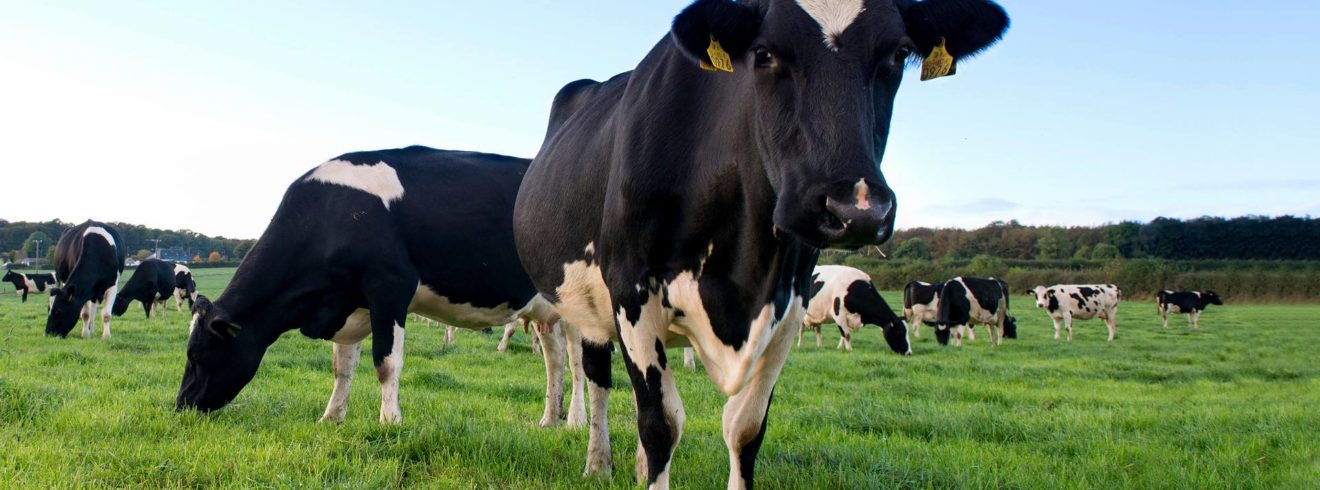Teagasc report that one missed heat can cost € 250 per cow; this cost arising from lost milk in the next lactation and an extended calving interval.
Commence pre-breeding heat detection on April 1st. Implement a simple form of heat monitoring (e.g., tail paint with twice weekly checks) to identify non-cycling cows, giving the opportunity to rectify issues without prolonging the breeding season.
Nationally only 65% of the dairy herd calves in the first six weeks of the calving season in a calving interval of 390 days: the Teagasc targets are 80% calved in the first six weeks and a calving interval of 365 days.
For a 100 cow herd, increasing the 6 week calving rate (heifers and cows) from 70% to 90% is worth €16,500 per annum. Increasing your 6 week calving rate from 60 to 90% is worth over €12,000 on a 50 cow herd and over €24,000 on a 100 cow herd due to increased days in milk, increased longevity within the herd and reduced repeat costs.
Pre-breeding nutrition
The key aspect when preparing the cow for the approaching breeding season is minimising the period of negative energy balance post-calving. If the cow loses too much body condition in early lactation, it can significantly reduce her chances of getting back in calf. The milking cow should receive adequate feed to optimise milk solids production and keep body weight loss to less than 0.5 BCS between calving and breeding.
- Record the body condition score (BCS) of every cow in the milking herd and mark cows in poor condition: a BCS of 2.5 or less
- Cows with a BCS loss >0.5 (20-25 kg) have 50% lower submission rates and 20% lower conception rates
- Where thin cows are present, consider once a day milking for these cows to recover body condition
Excess Protein in the diet
Feeding excess protein to dairy cows is expensive and may have a negative effect on fertility. This excess protein usually ends up in the urine. The strategy employed should be to use low protein compounds with high energy ingredients for grazing cows. Novatan, found in GAIN Spring Breeder is a Rumen modifier, which improves protein utilisation and manages excess nitrate/urea in blood/milk which can reduce conception rates, while also increasing milk yield by 1.5-2.5 Litres/day and milk protein by 0.1-0.2%.
Major minerals and trace elements
Trace minerals such as Selenium play a key role in maintaining a healthy immune system, needed for a healthy womb which is critical for optimal fertility. Other trace minerals such as Copper and major minerals such as Phosphorus, play key roles in ovulation or cycling, if there is a deficiency of either then anoestrus is a real possibility.
Common mineral deficiencies prevalent in Ireland are phosphorus, copper, selenium, iodine and zinc. Cows should be supplemented with minerals at the appropriate rate to complement the minerals supplied in the grazed grass. The diagram below highlights some deficiencies when looking at grass as a source of minerals.
Organic minerals are more available to the animal than in their inorganic form. Organic selenium is 4 times more available with organic zinc being 2.25 times more available that in its inorganic form. The use of organic (bioplex) minerals have been shown to be worth €5,500 per annum in a 100 cow herd (SCC, Lameness, Conception rates and Mastitis), used in GAIN Spring Breeder 13%.

